The Complete Handbook to Choosing the Ideal Area Rug
Revamp your space with the perfect area rug—choose from various sizes, colors, and patterns to fit your style and needs. Our guide helps you decide.
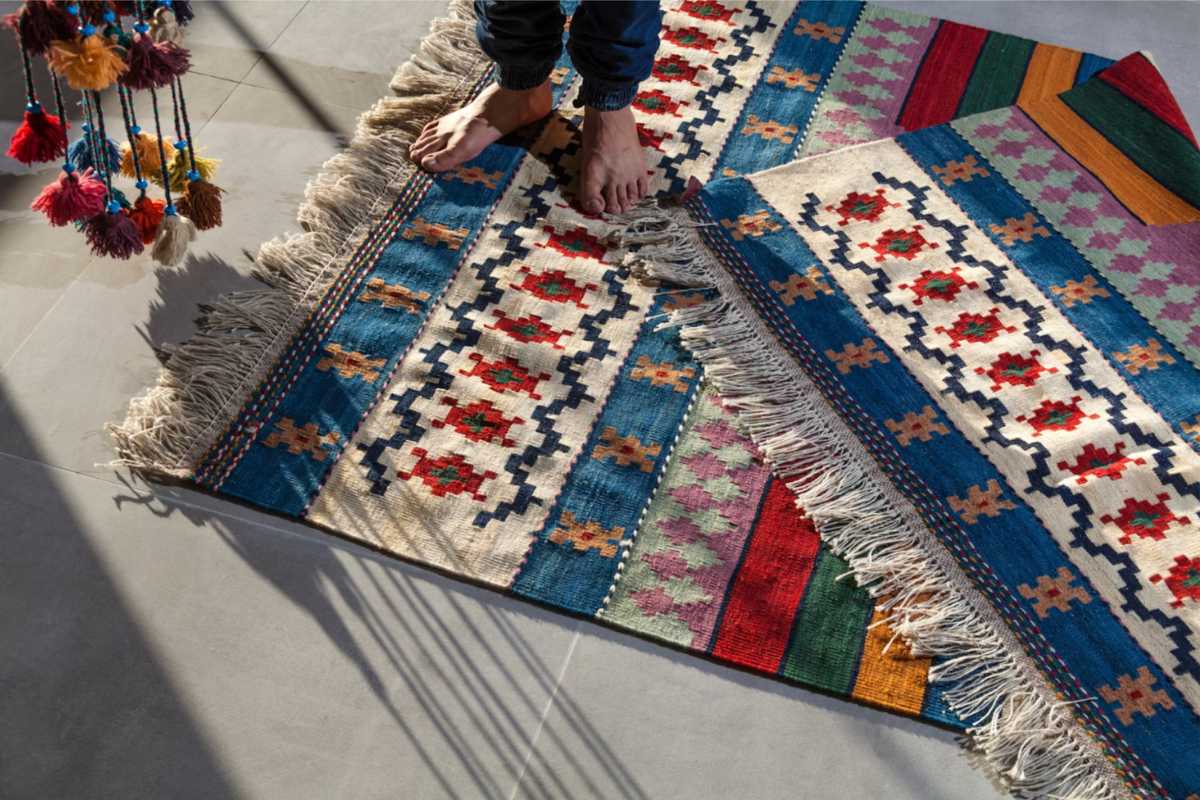
Adding an area rug to a room can completely transform the aesthetic and help pull a space together. Area rugs come in a vast array of sizes, materials, colors, and patterns to match any decor style. Choosing the right rug requires considering key factors like room dimensions, high-traffic areas, purpose, personal taste, and budget. This comprehensive guide breaks down the key considerations for selecting an area rug that is perfect for your needs.
Defining Room Goals and Purpose
Firstly, define the goals you want the area rug to fulfill. Is it for a high-traffic area needing softness and durability? Does it need to define a seating area in an open-concept room? Should it anchor furniture groupings or add a pop of color?

Determining the rug’s purpose and placement spots helps guide size and material decisions. If demarcating a dining space from the living room in a studio apartment, an 8 x 10 rug would sufficiently differentiate zones. Alternatively, a plush sheepskin rug could provide cozy cushioning before the bathroom vanity. Outline top priorities upfront to inform choices.
Measuring Room Size and Dimensions
Another key consideration is accurately measuring room dimensions using a steel tape measure. This prevents purchasing an overly small rug swimming in excess floor space or a large rug needing sizeable furniture rearrangements to fit. As a rule of thumb, living room rugs can be 8 – 12 inches less than the actual room width/length, allowing enough floor to border all sides. Bedroom rugs can be sized to the front legs of the bed/furniture. Dining or kitchen rugs need measuring with chairs tucked into the table. Precise room metrics combined with outlined goals clarify ideal rug dimensions.
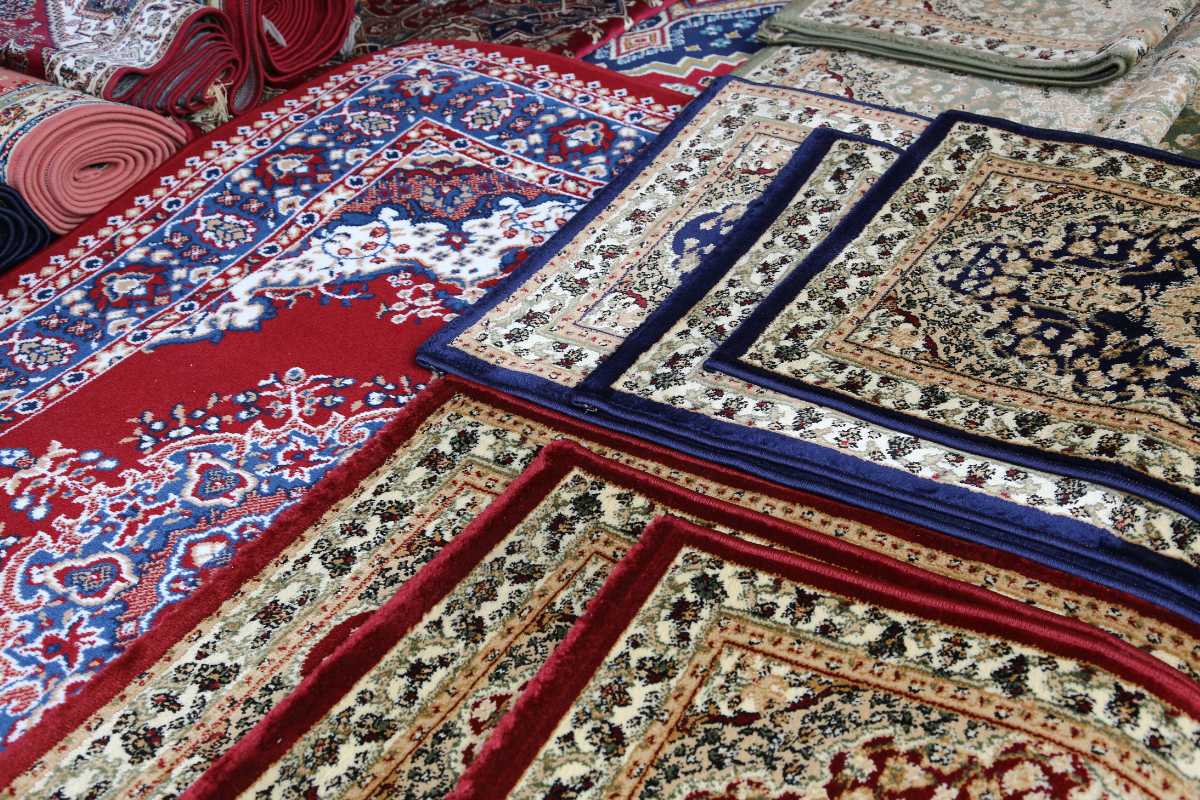
For example, a 12 x 15-foot living room would suit a 10 x 14 or 11 x 13 rug, a 10 x 12 bedroom would fit an 8 x 10, while a 3 x 5-foot hallway would suit a 2 x 4 runner. Round rugs in standard sizes like 4-foot, 5-foot, 6-foot, 8-foot, and 9-foot diameters also work for awkward layouts. Jot down room area calculations before browsing to find correctly sized rugs.
Pile Height and Density Considerations
The pile of an area rug refers to the density, height, and feel of the visible woven surface fibers. Consider factors like room purpose, traffic, maintenance, and personal preference for pile needs. Plush piles feel indulgent underfoot but show footprints and vacuum lines. Flatweaves and low piles hide dirt yet don’t cushion as comfortably.
Medium piles balance durability and lushness. Beyond height, density impacts durability and determines whether backing shows through fiber gaps over time. Higher piles and densities withstand impact while preventing backing visibility as fibers compact down through use. Prioritize density for high-traffic spaces, while lower densities suit lightly used zones.
Material Selection
From natural fiber area rugs to synthetic blends, material influences rug traits like softness, sheen, durability, stain resistance, sustainability, and pricing. Lush wools and silks feel luxurious, while resilient synthetic blends better suit high-traffic zones on a budget. Natural jute and seagrass offer casual textures but stain easily without protection sprays.
Choosing materials that align with personal priorities around comfort, maintenance, family-friendly durability, environmentally friendly production, or cost ensures optimal satisfaction. Those wanting budget-friendly rugs combining softness and stain protection could consider affordable polypropylene, polyester, and nylon blends. People valuing natural fabrics may prefer pricier wool or cotton.
Color and Pattern Preferences
With area rugs available in every color and pattern imaginable, selecting shades and designs suiting personal style and room décor is key. Bold graphic prints and vibrant hues inject visual interest while neutral solids seamlessly blend into surrounding furnishings.
Distressed vintage rugs add textural allure or prefer global motifs like tribal patterns, oriental designs, or traditional Persian influences based on taste. For harmonious coordination without overwhelming, limit patterns on surrounding soft furnishings when using busier area rug prints. Alternatively, start with a foundational neutral sofa or sectional, and then layer in personality through a vibrant patterned rug and patterned pillows. The rug can thus become the focal point while other elements provide supporting detail.
Common Area Rug Sizes
While rugs come in fully custom dimensions, sticking to common size standards simplifies pairing with standard room layouts. Some popular area rug sizes include:
- Accent Rugs: 1’6” x 2’6” up to 5’ x 8’
- Bathroom Rugs: 3’ x 4’, 3’6” x 5’6”
- Bedroom Rugs: 5’ x 8’, 7’6” x 9’6”, 8’ x 10’
- Dining & Kitchen Rugs: 4' x 6', 6' x 9', 8' x 10'
- Living Room Rugs: 8’ x 10’, 9’ x 12’, 10’ x 14’, 12’ x 15’
Larger oversized rugs measuring 10’ x 14’ up to 12’ x 18’ help define open concept spaces, while long runners suit hallways. Round area rugs from 4 to 9 feet diameter add flexibility. Remember to size correctly using room dimensions rather than going purely by normative size charts. This guarantees proper fit.
Budgeting for an Area Rug
9x12 area rugs from Rugs Direct range from under $100 right up to over $10,000 for fine hand-knotted heirloom pieces. Setting realistic budget expectations is key. Natural fibers like wool, cotton, and silk command higher price points thanks to limited production quantities and intricate construction processes. Synthetic polypropylene and polyester rugs offer affordable durability. Mid-range budgets fetch attractive nylon, acrylic, or wool-blend area rugs, combining favorable traits. Beyond materials, factors like high-density weaving, quality assurance certifications, ethical artisan production, size, limited production runs, and brand name recognition also impact pricing. Being clear on must-haves helps identify cost thresholds aligning with value expectations.
Large room rugs measuring 10’ x 14’ and above or incorporating premium wool, cotton, jute, silk, or hand-woven constructions can range from $1000 to $5000+. Whatever your budget, accurately weigh priorities around materials, purpose, size, and longevity to identify affordable rugs that deliver optimal daily enjoyment.
Care and Maintenance Best Practices
Once purchased, properly caring for the area rug extends longevity and retains attractiveness. This includes regular vacuuming appropriate for pile height using wand attachments with height adjustments to avoid snags. Flipping occasionally and shaking outdoors prevents matting while revitalizing fibers. Tending to spills immediately with blotting instead of rubbing preserves dyes and prevents stains from setting in fibers. Professional, occasional steam cleaning removes deeper soils. Using rug pads cushions floor impact while securing against slipping on hard floors. Sticking to manufacturer care guidelines tailored for fiber properties keeps rugs looking their best year after year.
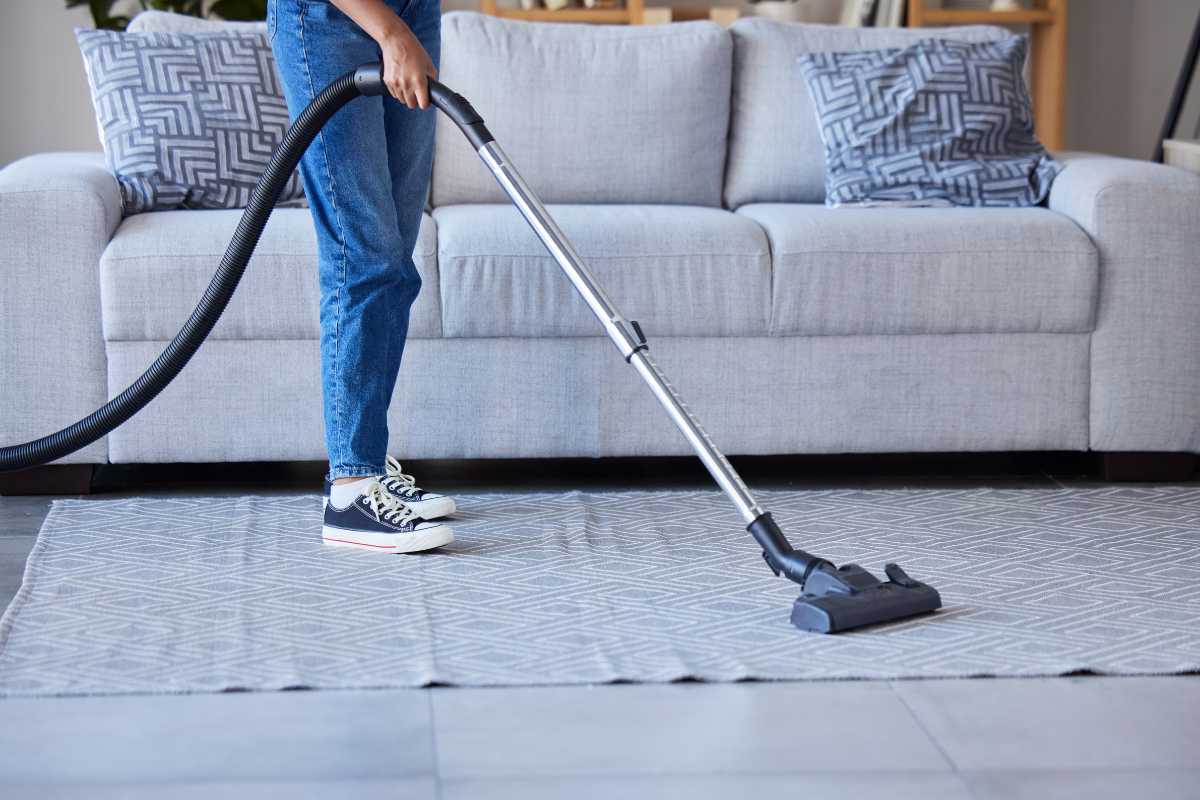
The right rug size with dimensions, density, material, color, and pattern to suit lifestyle needs transforms the look and enjoyment of any interior space. Measure rooms and outline must-haves before browsing to identify quality area rugs matching personal style within budget confines. Properly caring for the rug also retains beauty over many years of use. Keep these insider tips in mind for stress-free rug shopping, fulfilling both form and function needs beautifully.

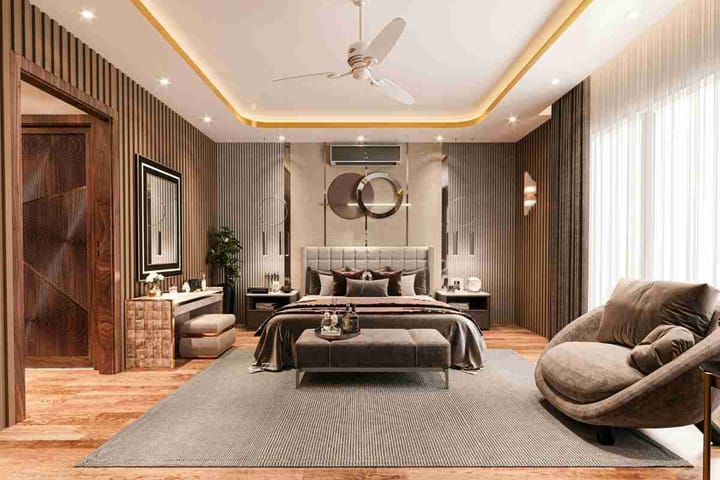
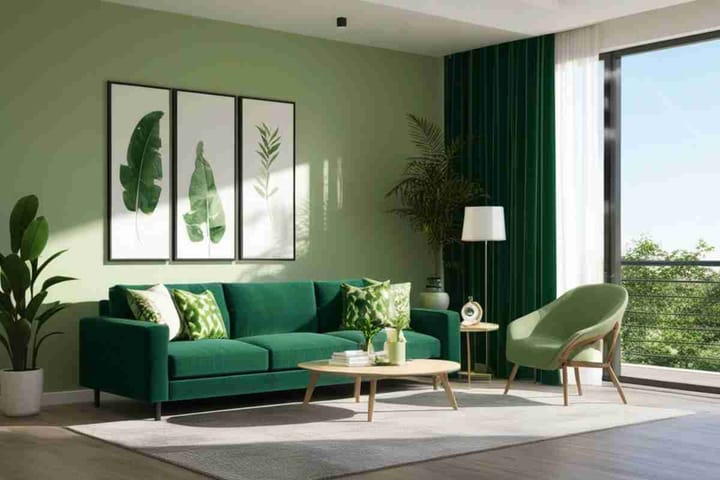

Comments ()